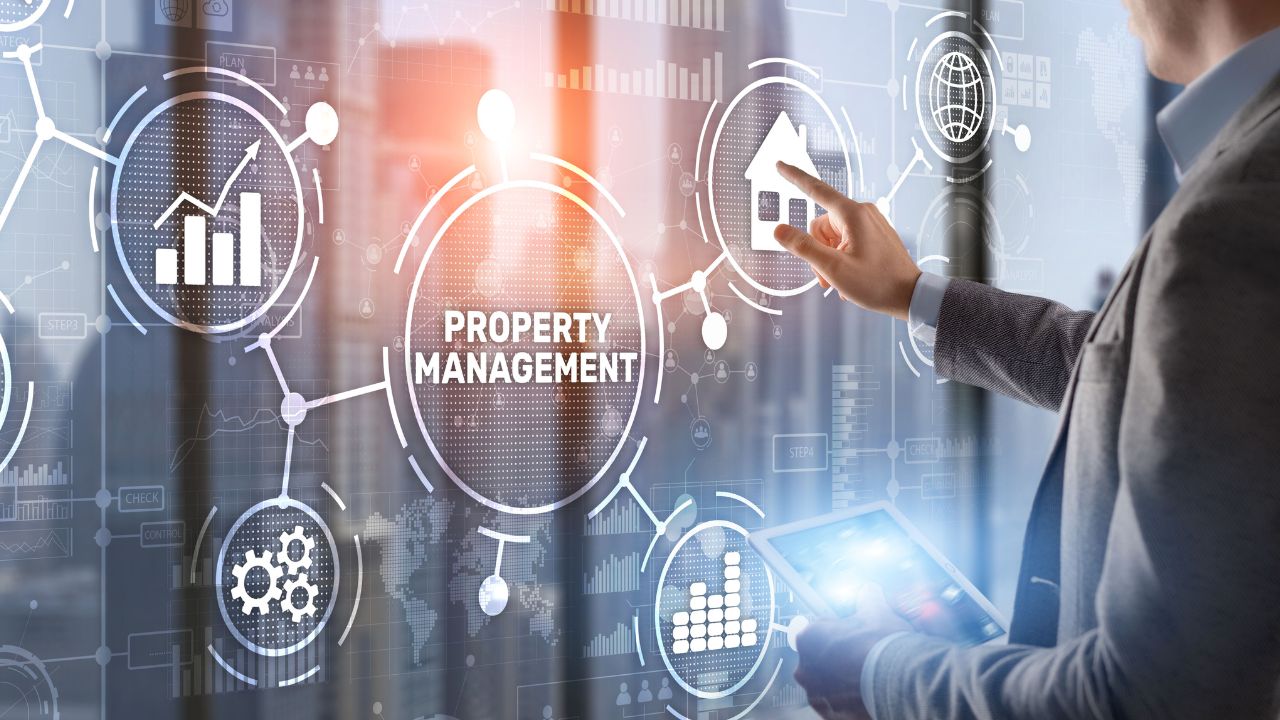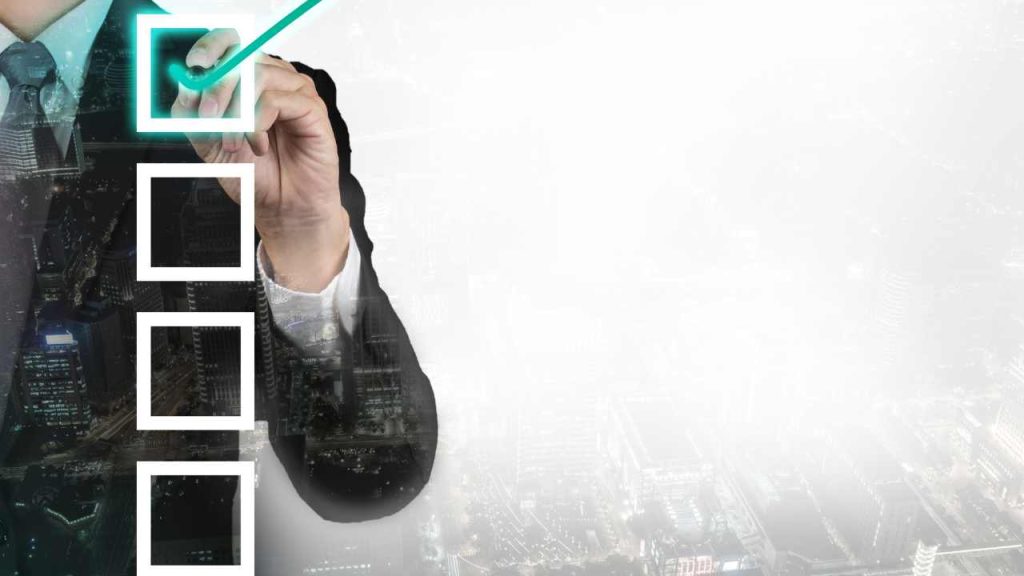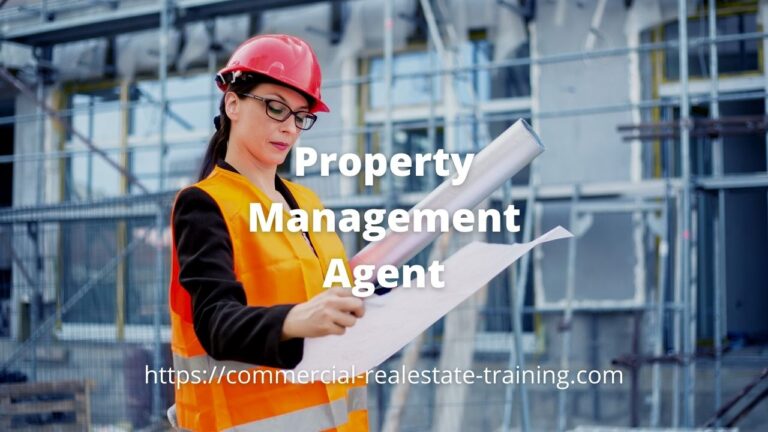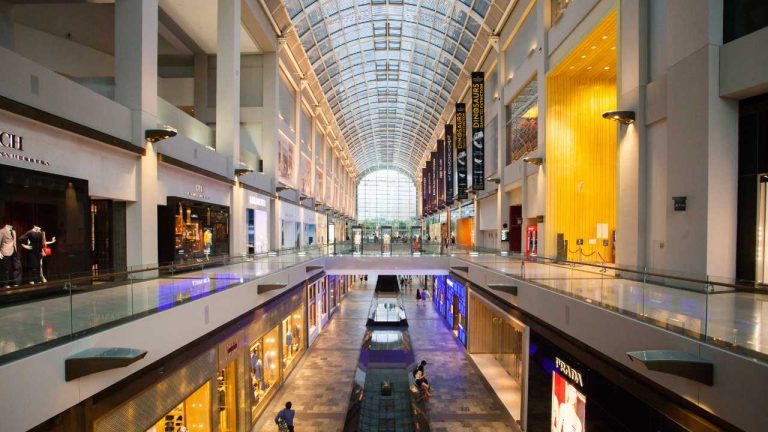Commercial Property Managers – Maintenance Management Systems and Tips
When you manage a commercial property, have a formal process to maintaining and managing all physical aspects of the property. That will include issues associated with tenant occupancy, property function, and building performance.
On an annual basis, maintenance programs require a budget so that costs are controlled. The budget will be within acceptable limits for the particular property type.
Every property is unique when it comes to operational issues. So that is why a maintenance plan is required and a budget to suit.
Expenditure Planning
In the first instance, a property manager should understand the acceptable expenditure levels that apply to maintain a property.
That will vary from property type to property type. There will be cost averages that can be applied to the maintenance of industrial, office and retail property.
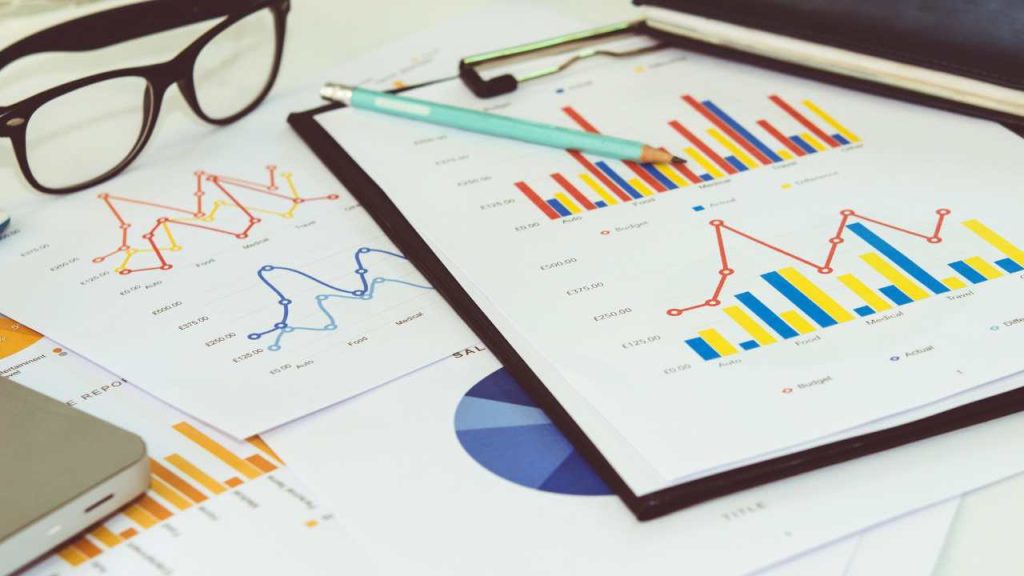
Establish a Maintenance Program
So here are some tips that can be implemented into a maintenance program for a commercial or retail property.
Review and Inspect the Property Fully
Inspect the property before or at the time of property handover. Do that so you can completely understand the factors of property occupation and usage.
Start with the people that know something about the property. It is wise to involve the existing maintenance contractor’s for the property in that process.
The current contractors can share information regards plant and equipment, and repairs and maintenance.
They will also have an awareness of the plant and equipment. Ask about things that are likely to fail or be a threat to property occupancy.

Evaluate the Tenancy Mix
The existing tenants within a property may place particular demands and pressures on property use. For example, a call centre in a property will extend the hours of operation. That tenant type will also place pressure on costs associated with energy and security.
Understand any unique and special tenants in this regard. It pays to understand any aspects of cost recovery that can be attributed to tenant occupation and the lease.
Get to Know the Owners Priorities
The owner of the property will have certain objectives for the investment and they could also have some challenges. Identifying those facts is critical to progress.
They may wish to own the property for a number of years as part of a long-term investment strategy. They may alternatively dispose of the property quickly when the local property market is suitably placed. The holding strategy will impact the maintenance strategy. Find out what the plan is.

Vacancy Assessment and Predictions
When it comes to maintaining a property with vacancies, the cost of property maintenance can be a real challenge. Typically, you will be paying for the maintenance work from the rental income stream. Assess the income stream.
There may not be enough income from the property to cover the cost of the required maintenance routines. Work with the landlord to understand how that shortfall will be managed over the immediate term.
Some maintenance costs cannot be avoided given that they will impact property occupancy and usage. What are the priority works and contracts in the property?
Examine the Leases and Documents
The separate leases should be reviewed for clauses relating to maintenance. Also look at the obligations of the lessee and lessor.
Some tenants will have obligations of maintenance that they must undertake on a regular basis. The lease will explain how they handle those costs and how the maintenance should occur.
The leases will also impose terms and conditions on the landlord relating to maintenance. On this basis, every lease should be comprehensively reviewed as part of any property management taken up.
Essential Plant and Equipment
Identify the factors within the plant and equipment that are likely to fail and disrupt the property. In older properties, this is quite a common event and an essential process.
There is a balance between machinery breakdown and machinery replacement. Older properties present this challenge. The costs associated with replacement will normally be regarded as a capital item.
So, these are some of the key issues to watch. They will allow you to enter into a property maintenance review process of commercial or retail property.
Annual Maintenance Review
After the initial property take up and the associated maintenance review, the annual review should be updated yearly. You can do that as part of the business plan for the property and the landlord. In this way, you can control income against expenditure and improve the net income performance.
Every well managed commercial or retail property will have a carefully considered maintenance plan. That is as a basis of safety and property performance.


